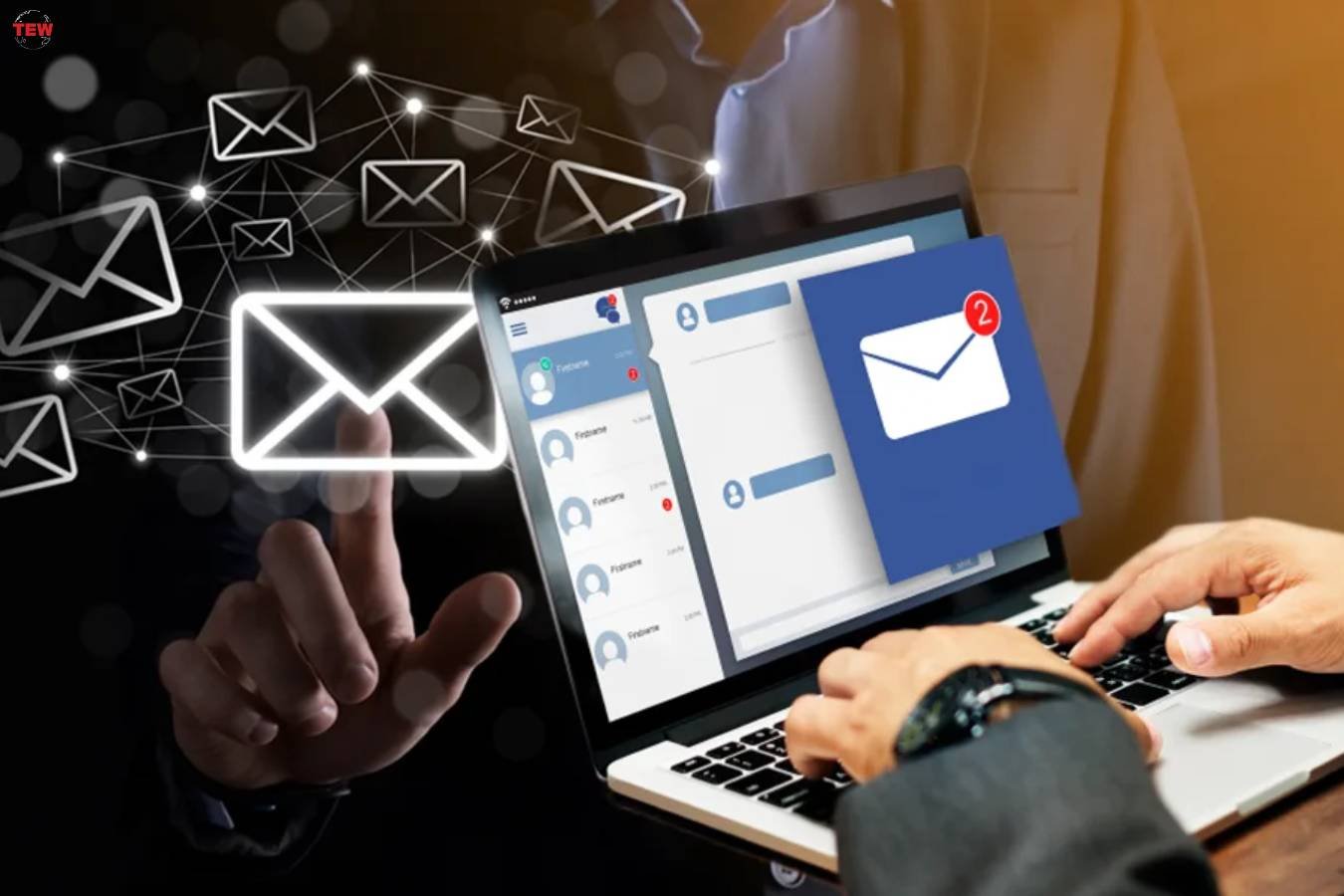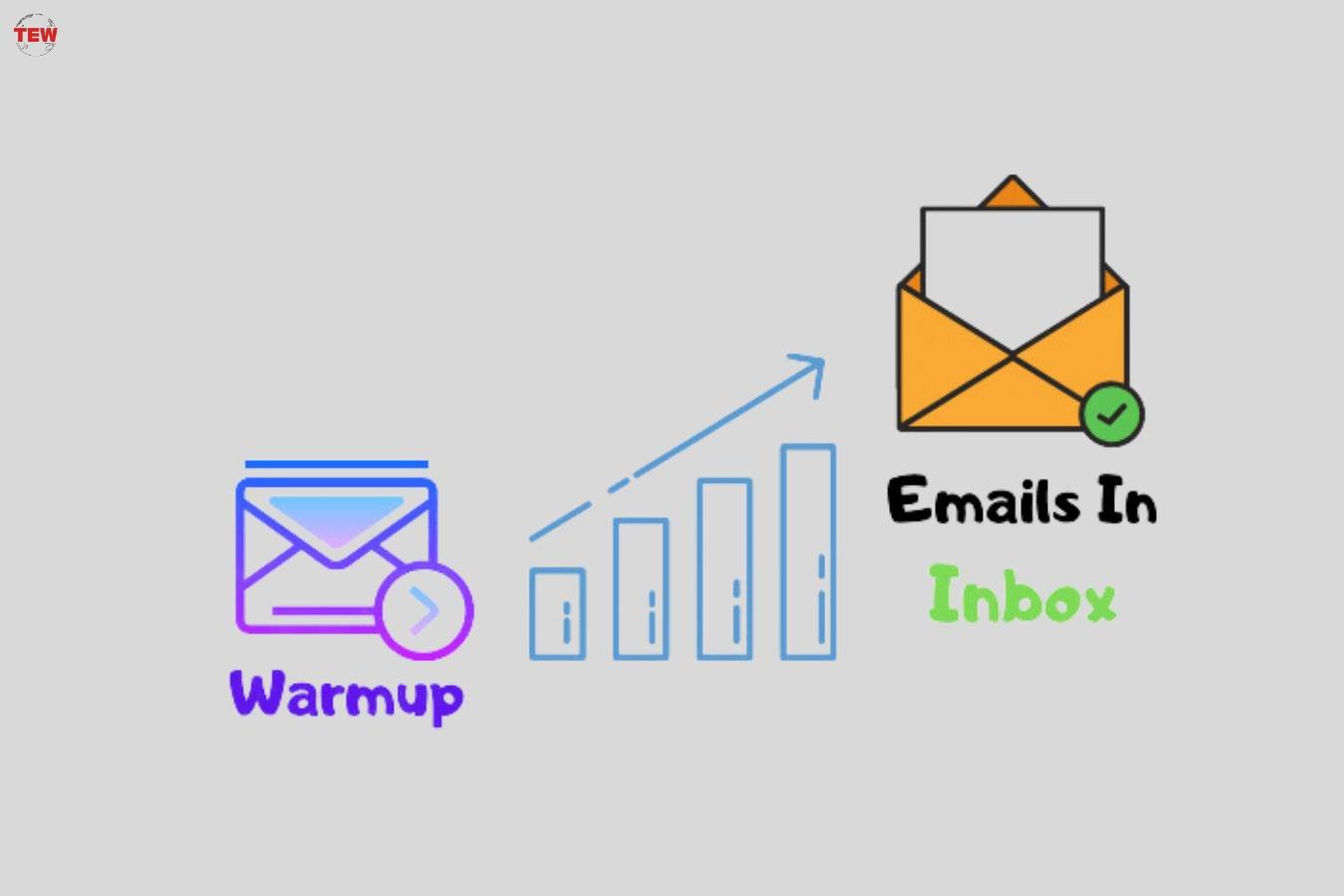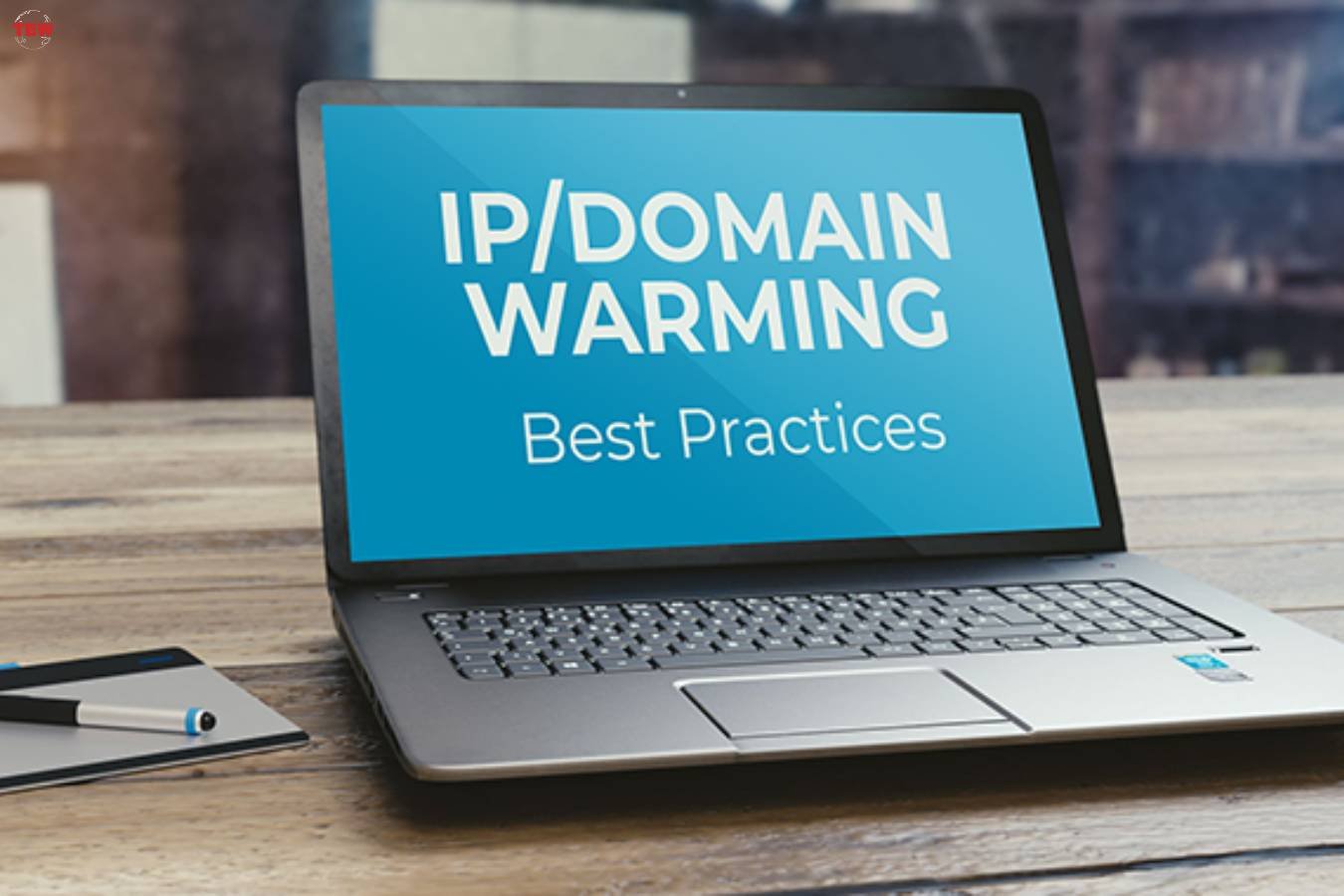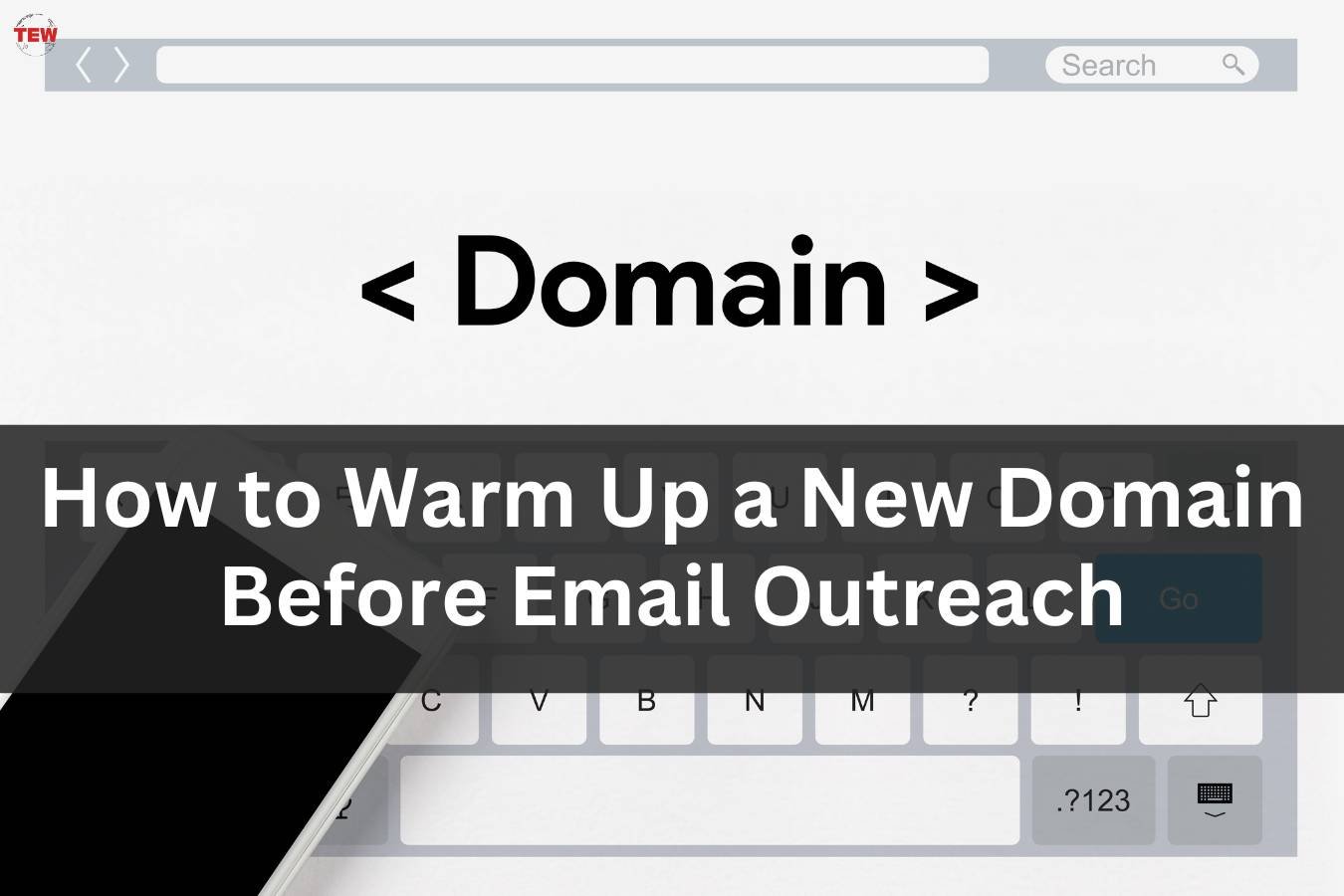Starting a new domain is an exciting endeavor, but it’s essential to take strategic steps to ensure your email outreach efforts yield the best results. Email outreach is a powerful tool for building connections, promoting content, and generating leads. However, sending cold emails from a brand-new domain can trigger spam filters and hinder your outreach success. In this article, we’ll explore the crucial process of warming up a new domain before diving into email outreach.
Avoiding the Cold Email Trap
Sending cold emails from a brand-new domain might seem like a quick way to jumpstart your outreach efforts, but it can backfire significantly. Cold emails are unsolicited and often end up irritating recipients or triggering spam filters, so that email warm-up may come in handy. Here’s why avoiding the cold email trap is crucial for the success of your email outreach campaign:
1. Sender Reputation Matters

Internet Service Providers (ISPs) and email service providers closely monitor sender reputation to determine whether an email should be delivered to the inbox or diverted to the spam folder. Cold emails from a new domain lack the history that ISPs use to gauge a sender’s credibility. This absence of reputation increases the likelihood of your emails being marked as spam.
2. High Bounce and Unsubscribe Rates
Cold emails typically result in higher bounce and unsubscribe rates. When recipients receive emails from an unfamiliar sender, they are more likely to hit the “unsubscribe” button or report the email as spam. These negative actions can impact your domain’s reputation and future deliverability.
3. Spam Filters are Vigilant
Spam filters are designed to detect unsolicited and irrelevant emails. New domains with limited sending history often trigger these filters, causing your carefully crafted emails to land in spam folders instead of the intended inbox. This greatly reduces the visibility and effectiveness of your outreach campaign.
4. Building Trust Takes Time
Effective email outreach is about building trust and rapport with your audience. Cold emails don’t allow for the necessary relationship-building time. Warming up your domain allows you to gradually introduce your brand, share valuable content, and establish a connection that leads to more receptive recipients.
5. Long-Term Impact
Sending cold emails without warming up your domain can have long-term consequences. If your domain gains a reputation for spammy behavior early on, it can be challenging to repair that image later. This can affect not only your current campaign but also future outreach efforts.
The Warming Up Process
Warming up a new domain before launching your email outreach campaign is a strategic approach that can significantly enhance your deliverability and overall success. This process involves several key steps that gradually establish your domain’s credibility and reputation. Let’s delve deeper into each step of the warming up process:

1. Set Up Domain Infrastructure
Before you even think about sending emails, ensure that your domain’s technical infrastructure is well-configured. Implement authentication mechanisms such as SPF (Sender Policy Framework), DKIM (DomainKeys Identified Mail), and DMARC (Domain-based Message Authentication, Reporting, and Conformance). These measures help authenticate your emails and prove to ISPs that your messages are legitimate.
2. Create Quality Content
Start populating your website with high-quality, relevant content. This serves two purposes: it attracts organic traffic and demonstrates to ISPs that your domain provides genuine value. Regularly publish blog posts, articles, or resources that align with your niche and resonate with your target audience.
3. Engage on Social Media
Active engagement on social media platforms related to your industry is crucial. Share your content, participate in discussions, and connect with other users in your field. This not only boosts your domain’s visibility but also shows ISPs that you’re a legitimate and engaged entity.
4. Gradual Email Sending
Resist the urge to dive into large-scale email outreach immediately. Start by sending a small volume of emails to engaged recipients. These could be individuals who have interacted with your content, subscribed to your newsletter, or shown interest in your offerings. Gradually increase the volume of emails as your domain gains credibility.
5. Personalize Your Outreach
Craft personalized and relevant emails for your recipients. Generic, one-size-fits-all emails are more likely to be marked as spam. Address recipients by name, reference their previous interactions with your content, and tailor your messaging to their interests and needs.
6. Monitor and Adjust
Regularly monitor the performance of your email outreach campaign. Keep an eye on metrics like open rates, click-through rates, and response rates. Analyze which subject lines, content, and approaches resonate best with your audience. Use these insights to refine your strategy and improve engagement over time.
Here are 10 Best Practices for Domain Warming:
Warming up a new domain is a delicate process that requires careful planning and execution. To ensure the success of your email outreach campaign, it’s important to follow these best practices for domain warming:

1. Start Slowly
Resist the temptation to send a large volume of emails right away. Begin with a small batch of emails to engaged recipients who have shown interest in your content. Gradually increase the volume over time as your domain’s reputation strengthens.
2. Stay Consistent
Consistency is key during domain warming. Maintain a regular posting schedule on your website and social media platforms. This consistency not only attracts organic traffic but also demonstrates to ISPs that your domain is active and trustworthy.
3. Avoid Purchased Lists
Never purchase email lists to kickstart your outreach efforts. Sending emails to recipients who haven’t explicitly opted in can lead to high bounce rates, spam complaints, and a damaged sender reputation. Focus on building an organic and engaged subscriber base instead.
4. Segment Your List
Segmenting your email list based on user behavior and preferences can significantly enhance your warming up process. Tailor your content and outreach messages to different segments, increasing the likelihood of engagement and positive responses.
5. Use Personalization
Craft personalized emails that resonate with your recipients. Address them by name, refer to their previous interactions with your content, and offer solutions to their specific pain points. Personalized emails are more likely to be opened, read, and acted upon.
6. Monitor Metrics and Adjust
Regularly monitor your email campaign metrics, such as open rates, click-through rates, and unsubscribe rates. Use these insights to refine your strategy and improve your outreach efforts. Adapt your approach based on what’s resonating best with your audience.
7. Avoid Aggressive Tactics
During domain warming, avoid using aggressive sales tactics or pushing for immediate conversions. Focus on building relationships, providing value, and establishing trust. This approach sets a positive tone for your future email interactions.
8. Maintain High-Quality Content
Consistently produce high-quality, relevant content that aligns with your audience’s interests. This not only keeps your subscribers engaged but also demonstrates to ISPs that your domain offers value and authenticity.
9. Test Different Approaches
Experiment with different subject lines, email formats, and content types to identify what resonates best with your audience. Testing helps you optimize your warming up strategy and improve engagement rates.
10. Educate Your Subscribers
Use your warming up period to educate your subscribers about your brand, values, and offerings. Providing valuable insights and information helps build a stronger connection with your audience.
Bottom Line
By adhering to the above mentioned best practices and using email warmup services like Growbots, you lay a strong foundation for successful email outreach campaigns. Domain warming is a vital step in building a positive sender reputation and establishing a rapport with your audience. Remember that patience and persistence are key, as the efforts you invest in domain warming will pay off in the form of improved email deliverability, engagement, and overall campaign effectiveness.




